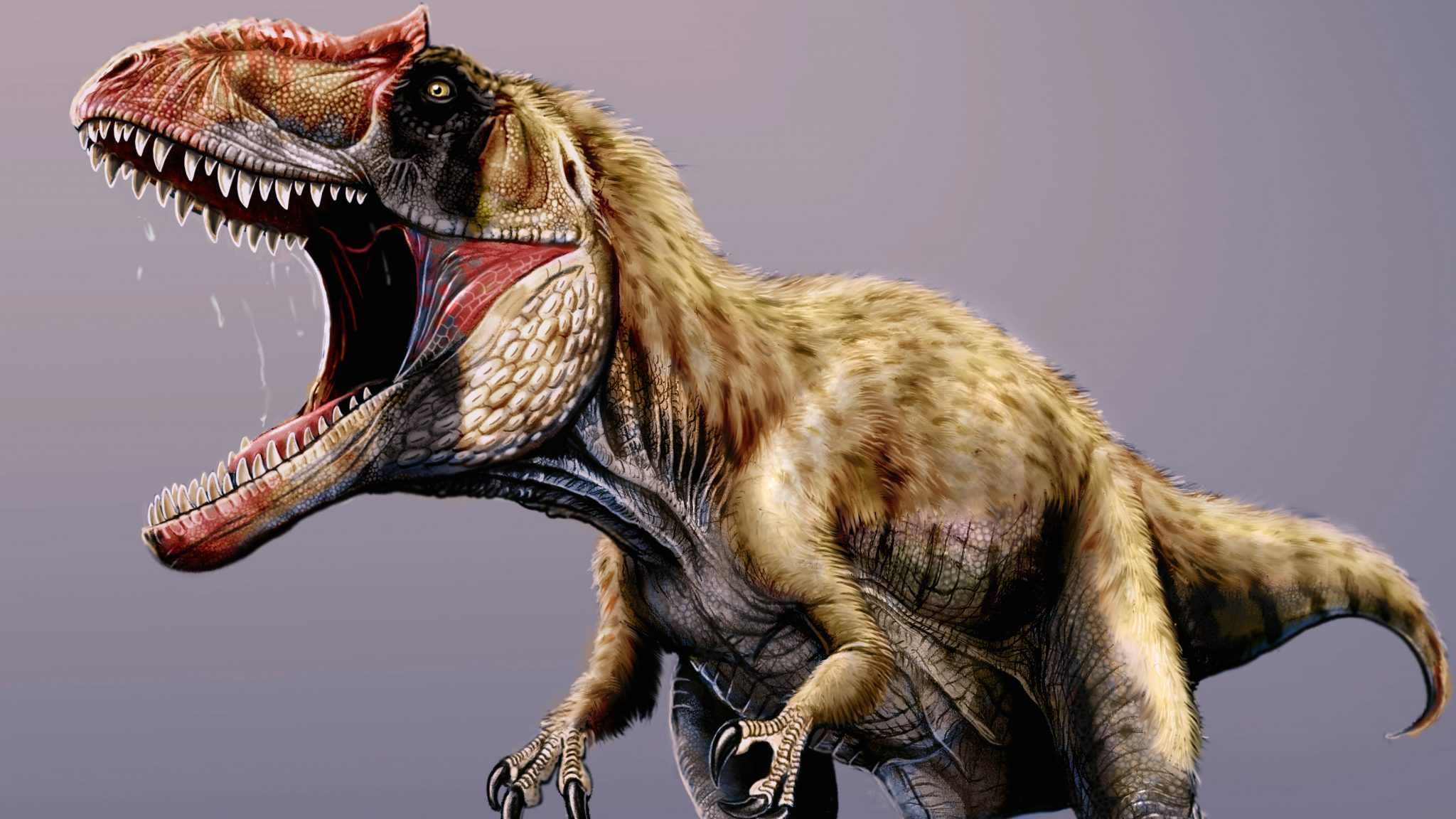Dinosaur Discovery

A newly discovered species of carnivorous dinosaur — one of the three largest ever discovered in North America — prevented tyrannosaurs from taking their place atop the food chain nearly 100 million years ago.
Siats meekerorum, named after a cannibalistic, man-eating monster from Ute tribal legend, was the top predator of its time. Siats is a genus of the giant meat-eating dinosaurs called carcharodontosaurs. It’s only the second carcharodontosaur ever discovered in North America.
“You can’t imagine how thrilled we were to see the bones of this behemoth poking out of the hillside,” said Dr. Lindsay Zanno, an NC State paleontologist with a joint appointment at the North Carolina Museum of Natural Sciences, and lead author of the paper describing the find.
Zanno and colleague Peter Makovicky, from Chicago’s Field Museum of Natural History, discovered the partial skeleton in Utah’s Cedar Mountain Formation in 2008. It took Zanno and a team from the Field museum three years to excavate the bones and another two years to finish the research. They announced the find in November 2013.
The skeleton belonged to a juvenile that would have been more than 30 feet long and weighed more than four tons. The species terrorized what is now Utah during the Late Cretaceous period, 98 million years ago.
“Contemporary tyrannosaurs would have been no more than a nuisance to Siats, like jackals at a lion kill,” Zanno said. “It wasn’t until carcharodontosaurs bowed out that the stage could be set for the evolution of T. rex.”
At the time Siats reigned, the landscape was lush and supported a variety of dinosaurs — including several species yet to be described by the team.
“Stay tuned,” Zanno said. “There are a lot more cool critters where Siats came from.”
- Categories:


